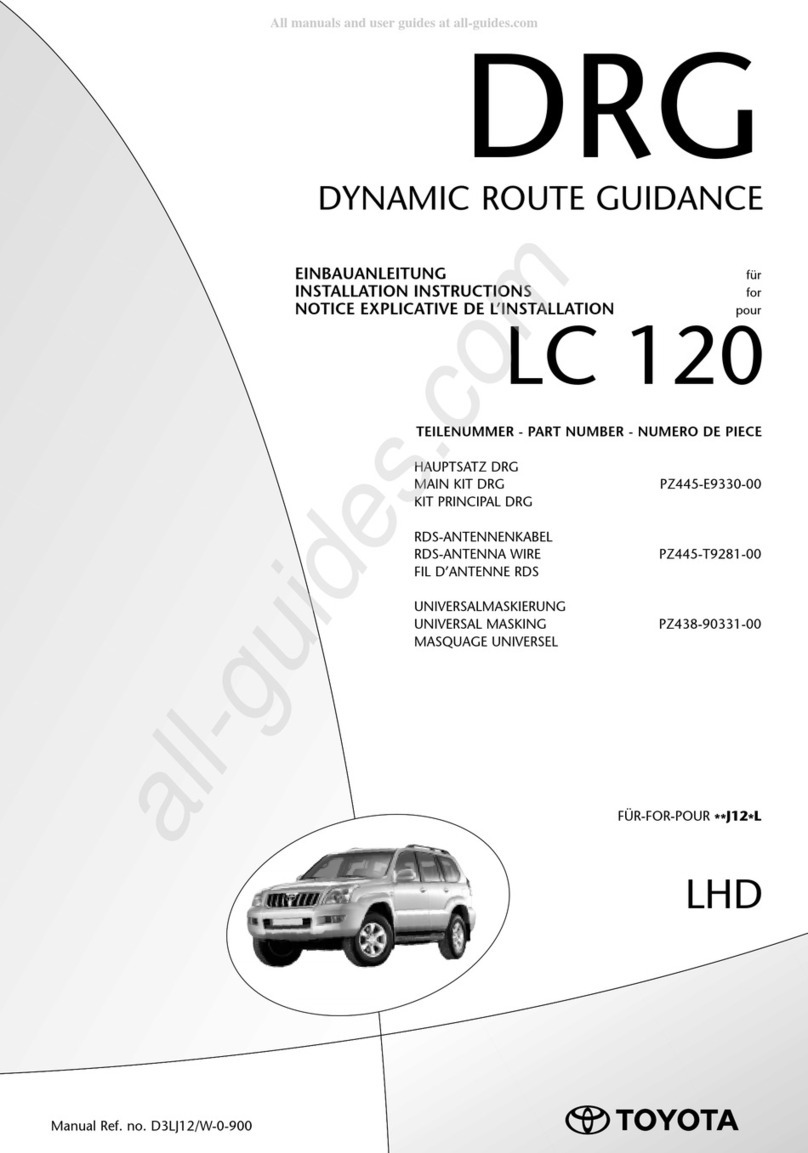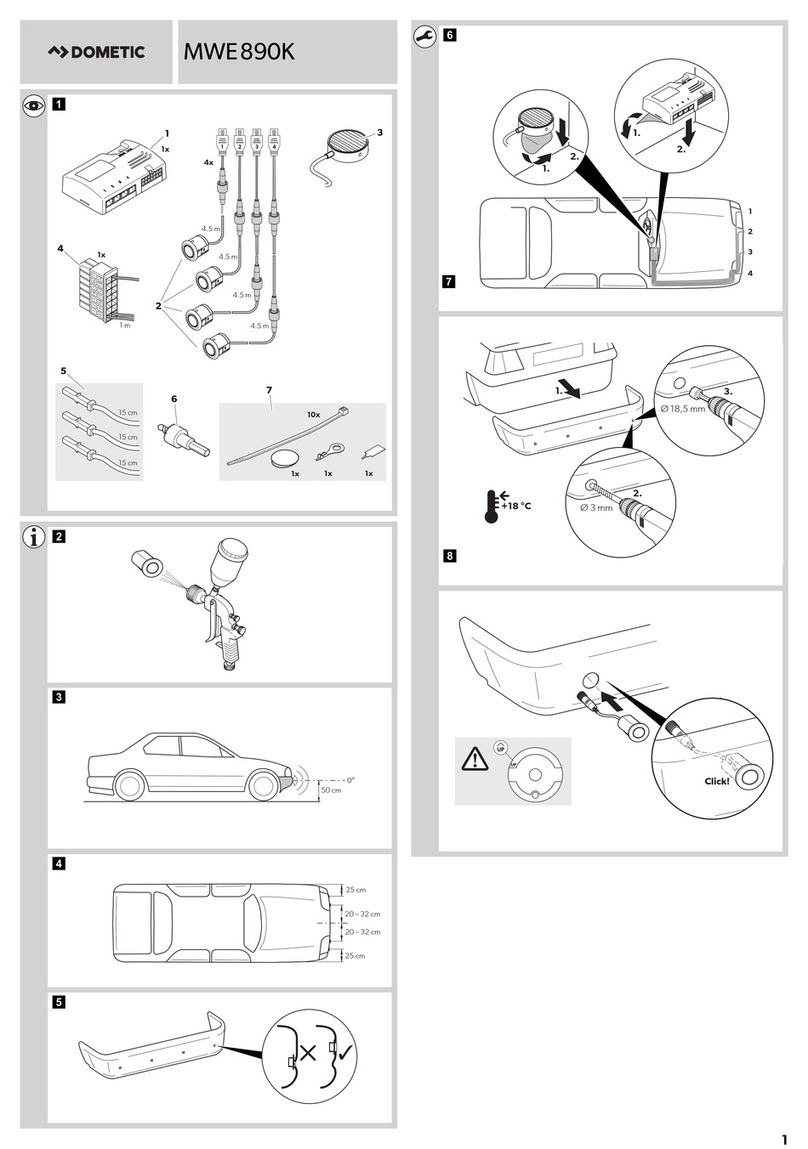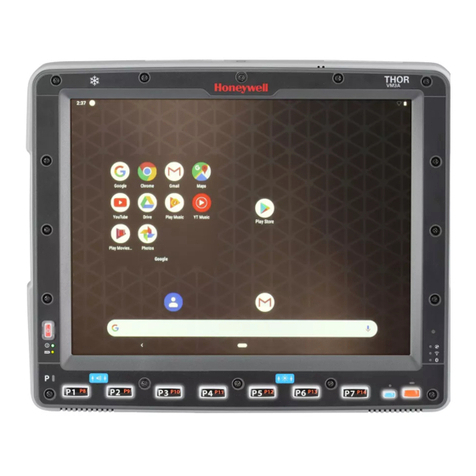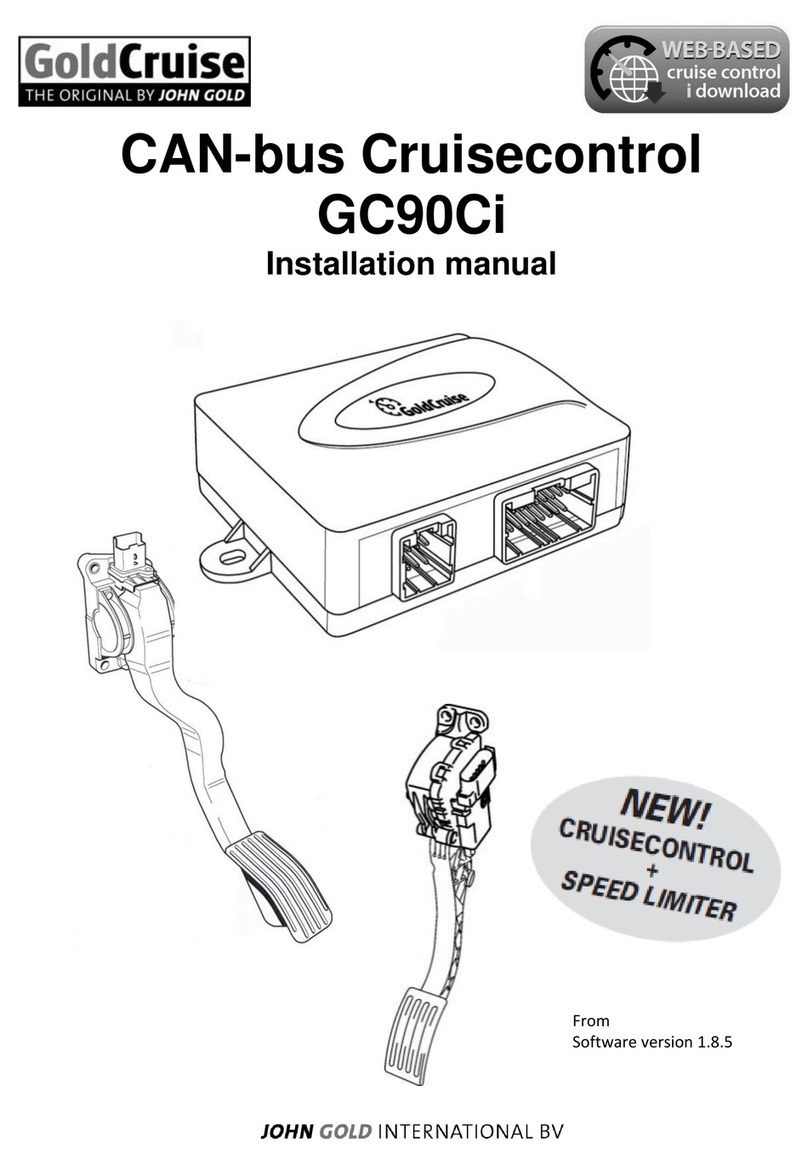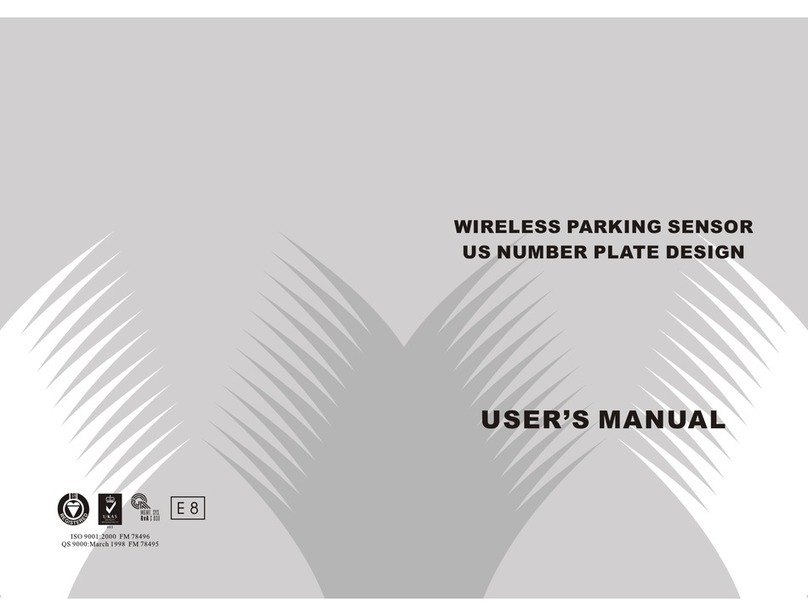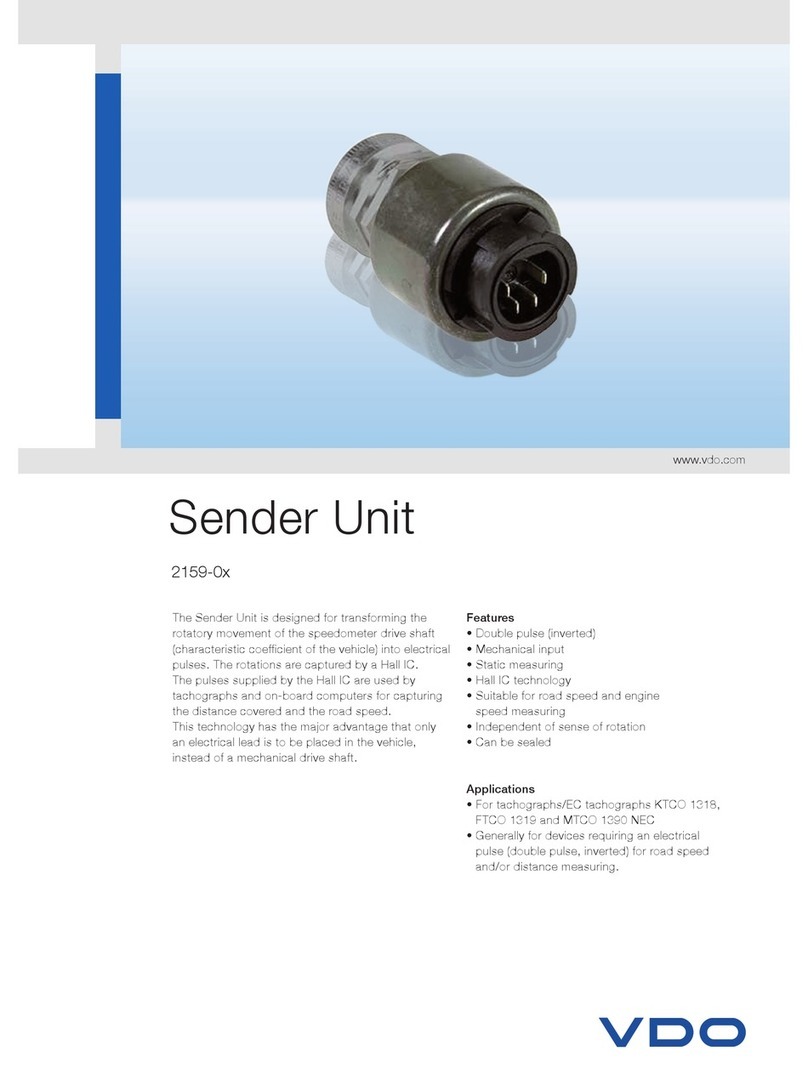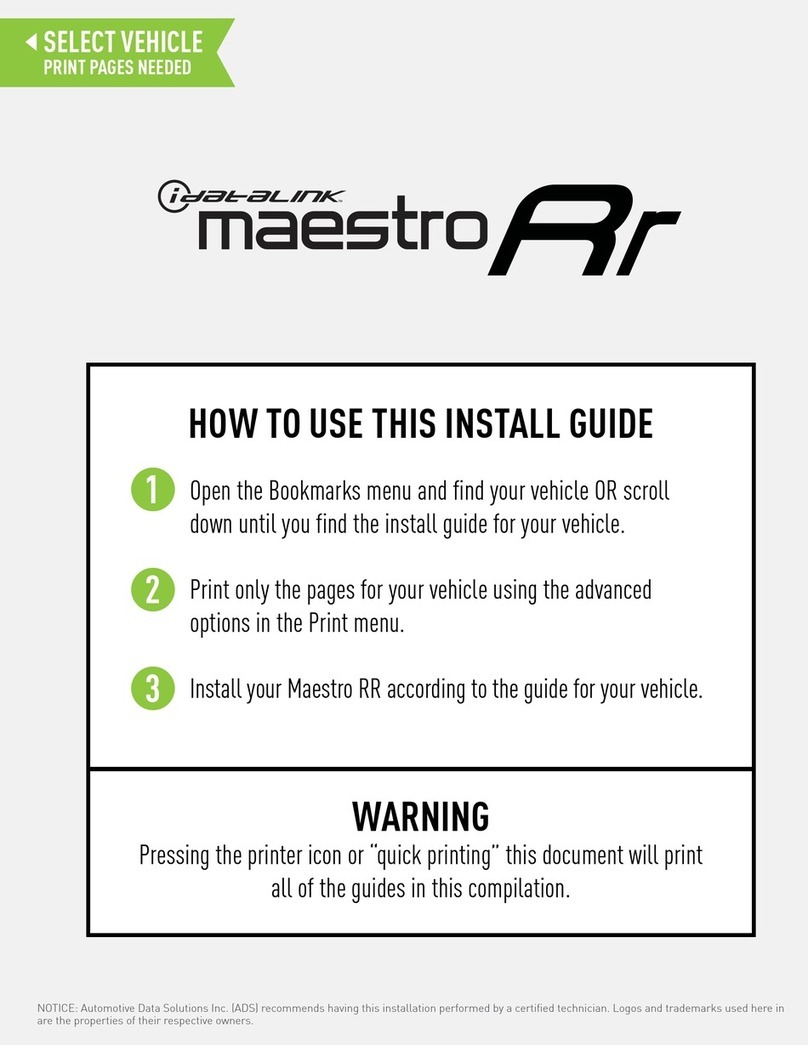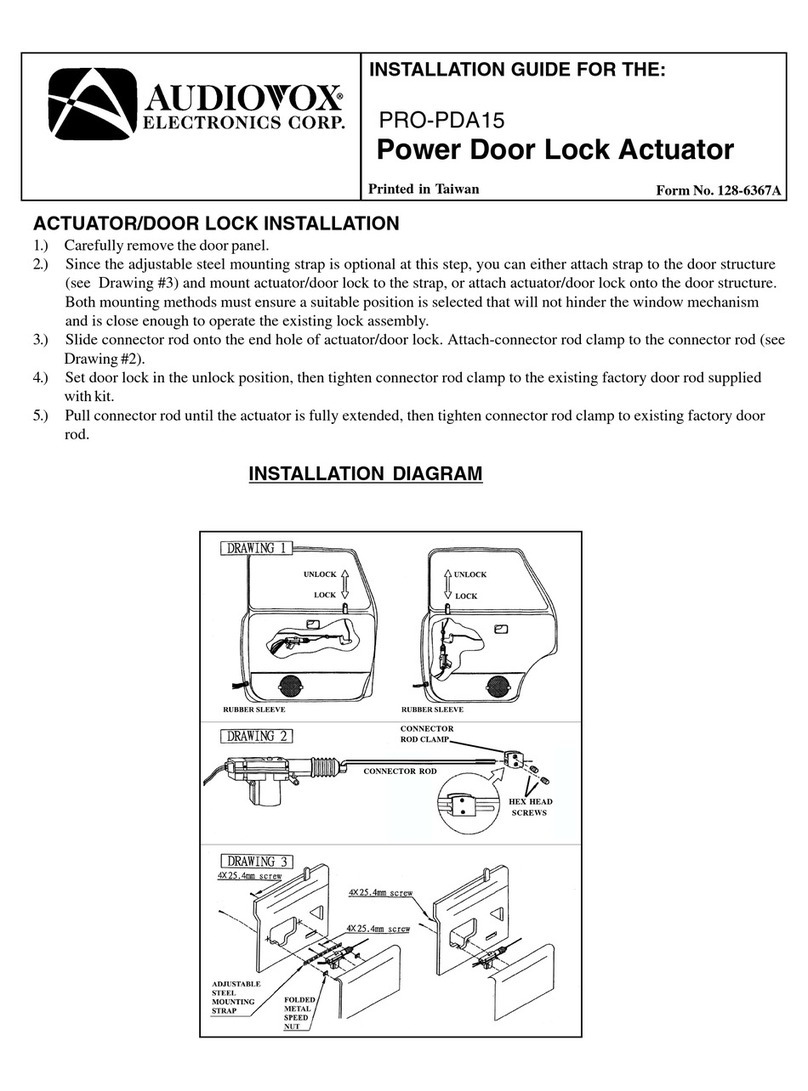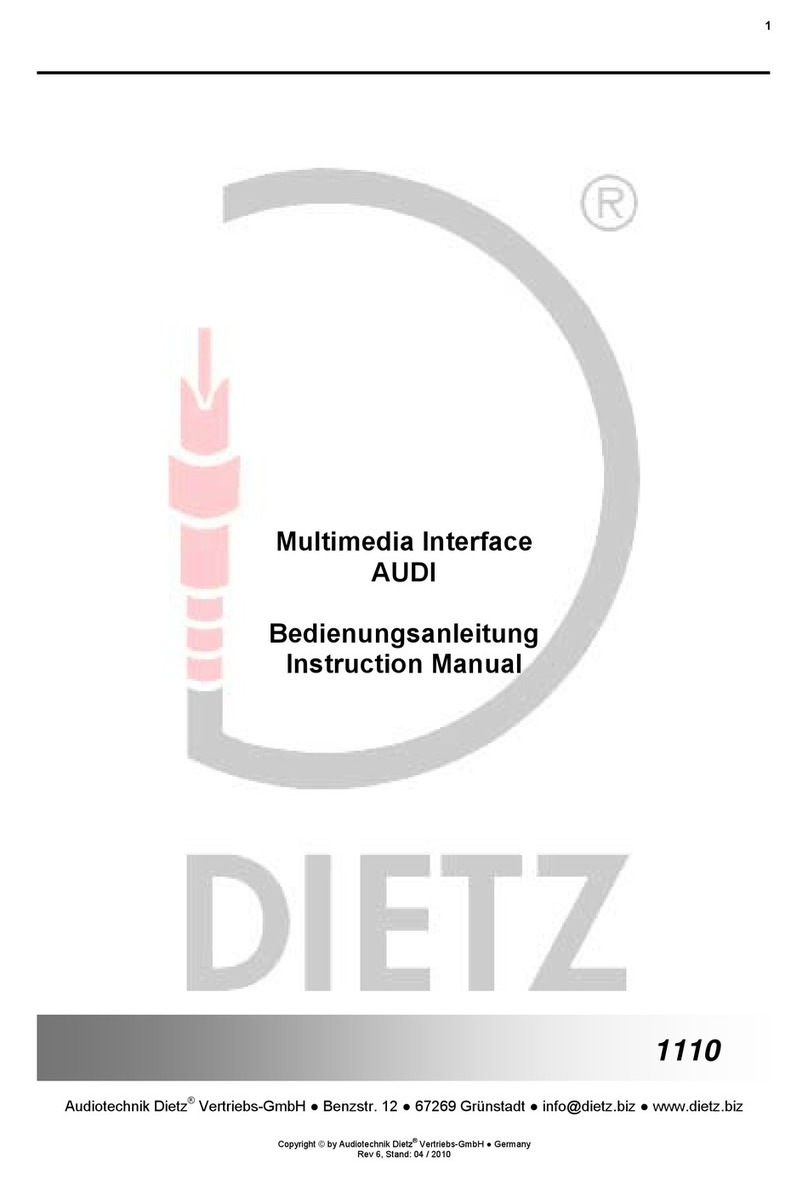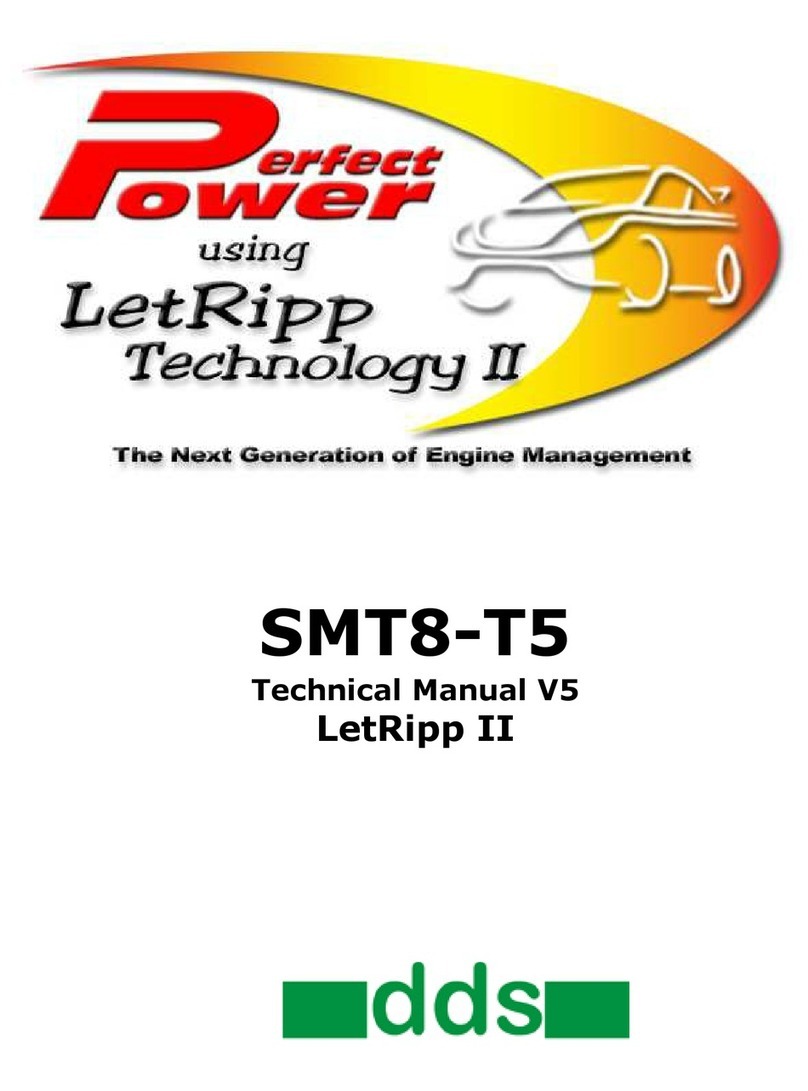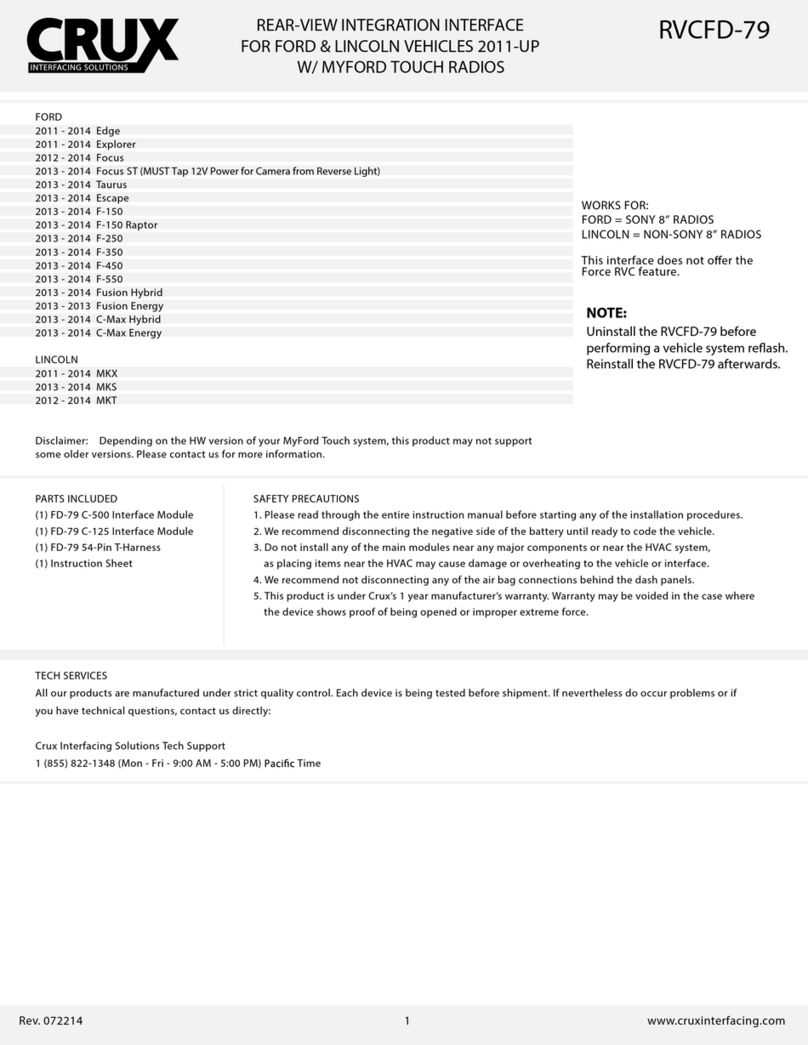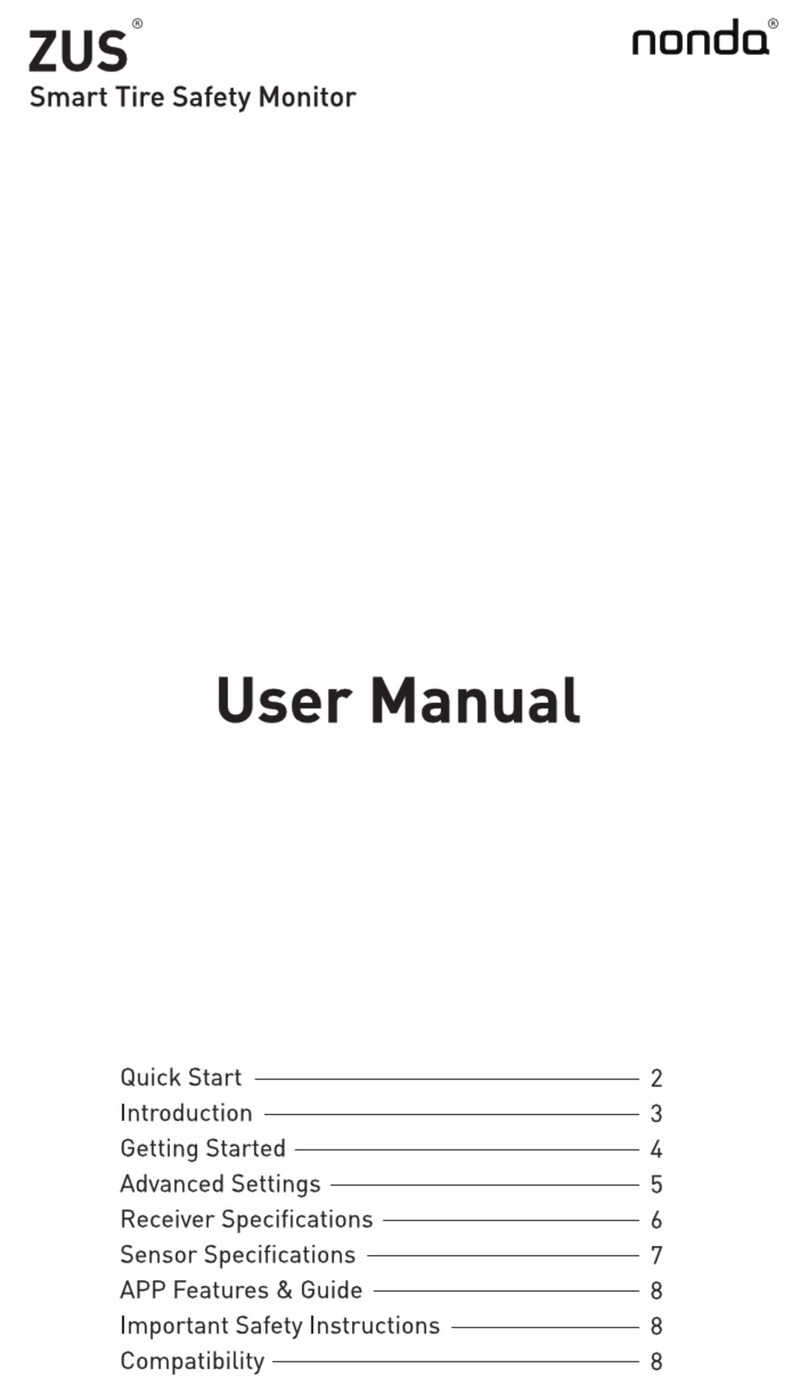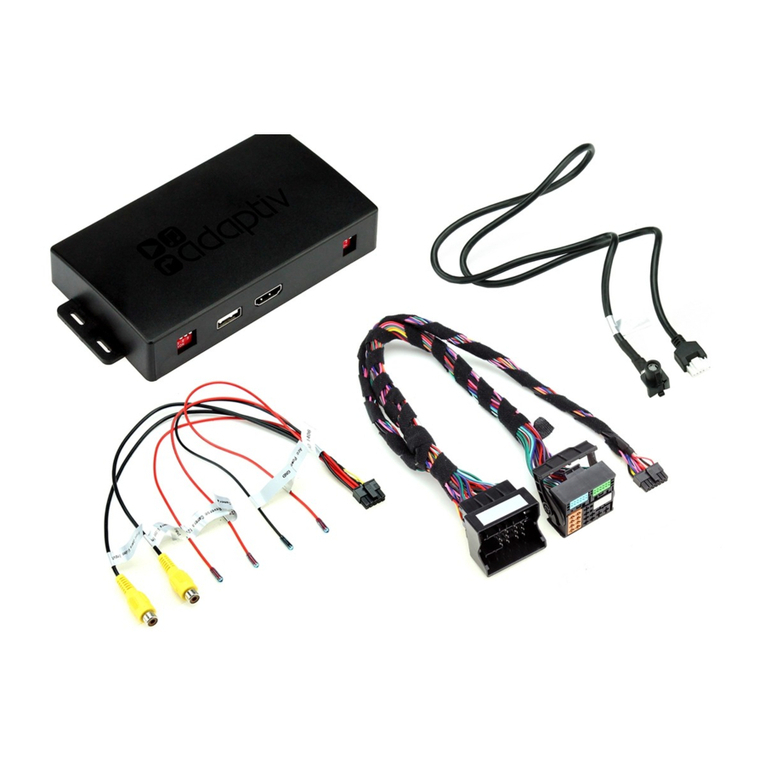
FT500 SFI / FT500LITE SFI
3
1. Index
2. Presentation......................................................................................5
3. Warranty terms ................................................................................6
4. Characteristics..................................................................................7
4.1 Harness connections - 24 way connector ..........................8
4.2 Harness connections - 16 way connector ..........................9
4.3 Output table of FT500......................................................... 10
4.4 Auxiliary outputs ................................................................... 11
4.5 Internal MAP sensor ............................................................. 11
4.6 USB port................................................................................. 11
4.7 FuelTech CAN network......................................................... 11
5. First steps with FT500 / FT500LITE read before installation 12
6. Getting to know the ECU............................................................. 12
6.1 Main menu.............................................................................. 12
6.2 FTManager shortcuts............................................................ 14
6.3 Warning sounds in FT500LITE........................................... 14
6.4 Dashboard screen................................................................. 15
6.5 Diagnostic panel.................................................................... 15
6.6 Test time based features...................................................... 16
7. Engine settings.............................................................................. 17
7.1 Engine setup.......................................................................... 17
7.2 RPM signal.............................................................................. 19
7.3 Ignition .................................................................................... 21
7.4 Fuel injection.......................................................................... 22
7.5 Pedal/Throttle ........................................................................ 23
7.6 Idle actuators ......................................................................... 24
7.7 FuelTech base map............................................................... 25
7.8 Fuel injectors deadtime........................................................ 26
7.9 Ignition Dwell......................................................................... 26
7.10 Map options......................................................................... 26
7.11 Advanced map options...................................................... 27
8. Electrical installation..................................................................... 28
9. FT500 connection on previous FT installation........................ 30
9.1 Connection on an FT200, FT250, FT300, FT350 installation:.30
9.2 Connection on an FT400 installation: ............................... 30
9.3 Ignition calibration................................................................. 31
9.4 Injection time differences between FT500 /FT500LITE and previous
FT ECUs ......................................................................................................................31
10. Fuel injectors................................................................................. 32
11. Ignition............................................................................................ 32
12. Sensors and actuators................................................................. 36
12.1 Intake air temperature sensor .......................................... 36
12.2 Engine temperature sensor............................................... 36
12.3 Fuel and oil pressure sensor – PS-10B.......................... 37
12.4 Throttle position sensor (TPS)......................................... 37
12.5 Crank trigger/RPM sensor................................................. 37
12.6 Camshaft position sensor.................................................. 41
12.7 O2 sensor............................................................................ 41
12.8 Step motor – idle speed.................................................... 42
13. Auxiliary outputs........................................................................... 43
13.1 Cooling fan 1 e 2 ............................................................... 43
13.2 Idle valve.............................................................................. 43
13.3 Air conditioning................................................................... 43
13.4 Shift Alert............................................................................. 43
13.5 Fuel pump............................................................................ 43
13.6 Variable camshaft control/Powerglide gearbox............. 44
13.7 Progressive nitrous control ............................................... 44
13.8 Boost Control – N75.......................................................... 44
13.9 BoostController ................................................................... 45
14. Electronic throttle control ............................................................ 45
14.1 Connection table – throttle bodies and pedals ............. 46
15. Sensors and Calibration .............................................................. 46
15.1 TPS calibration.................................................................... 46
15.2 Electronic throttle/pedal calibration ............................... 47
15.3 Fuel/oil pressure sensors inputs...................................... 47
15.4 Intake air and engine temperature sensors ................... 47
15.5 O2 sensor inputs................................................................ 48
15.6 Speed inputs ....................................................................... 49
15.7 Driveshaft RPM and Input shaft RPM .............................. 50
15.8 Driveshaft RPM.................................................................... 50
15.9 Gearbox RPM ...................................................................... 50
15.10 Gear detection.................................................................. 51
15.11 Nitrous bottle pressure ................................................... 52
15.12 Clutch position.................................................................. 52
15.13 Clutch pressure ................................................................ 52
15.14 Ride Height....................................................................... 52
15.15 Pitch Rate.......................................................................... 52
15.16 CAN communication........................................................ 52
15.17 EGT..................................................................................... 53
16. Starting the engine for the first time......................................... 53
16.1 First engine start ................................................................ 53
16.2 Ignition calibration.............................................................. 53
17. Fuel tables adjust ......................................................................... 54
17.1 Main fuel table .................................................................... 54
17.2 Overall fuel trim .................................................................. 54
17.3 RPM compensation ............................................................ 55
17.4 O2 Closed Loop ................................................................. 55
17.5 Idle speed by TPS table .................................................... 56
17.6 Acceleration fuel enrichment and decay........................ 56
17.7 Engine temperature compensation ................................. 57
